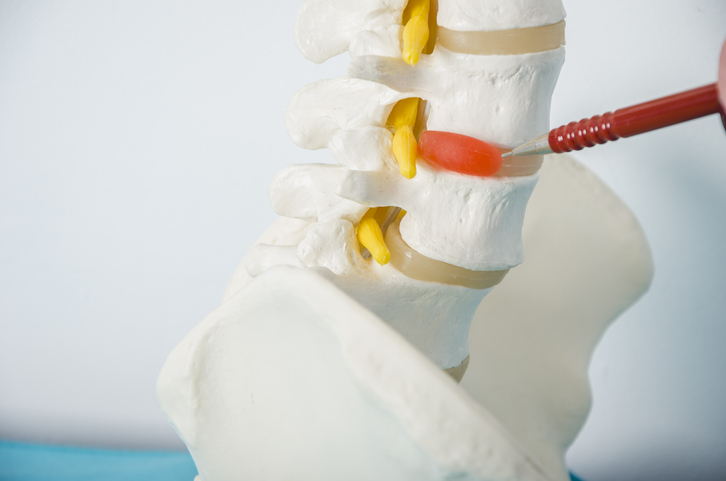Pain
What Is the Difference Between a Bulging Disc and a Herniated Disc?

What is a intervertebral disc?
In between each vertebra in the spine, a spinal disc offers a cushion of support to protect the vertebrae in the spinal column. Each disc is composed of soft cartilage protected by a hard cartilage shell. Intervertebral discs are the cushions between the vertebrae; they keep the back pliable and enable the body to bend, twist, and carry weight. Aging, injuries, or poor lifestyle choices can lead to issues with intervertebral discs.
What is disc degeneration?
Discs wear down during the aging process; this is normal and expected. As a person ages, the discs dry out, lose their flexibility, elasticity, and the ability to absorb shock. When this causes pain, it is referred to as degenerative disc disease. However, maintaining a healthy diet and exercise regimen can often help prevent the worst of the “wear and tear.”
What is a bulging disc?
If the “wear and tear” on a disc becomes too great or an injury occurs, the disc can bulge. This may only occur to a portion of the disc, depending on the severity of disc dehydration. A bulging disc only involves the tough, outer cartilage of the disc. Imagine three stacked circles with the middle circle being bigger than the other two. This gives an idea of what a bulging disc looks like. A bulging disc may cause pain and impact day-to-day activities; however, treatment options can quickly alleviate this pain. If pain occurs, the intensity is typically less intense than that of a herniated disc.
What is a herniated disc?
A herniated disc, also called a ruptured or slipped disc, occurs when the tough, outer cartilage of a disc cracks open and the soft inner layer of cartilage begins to protrude. If pain occurs, it is typically more intense than the pain of a bulging disc, as it can protrude farther and irritate, compress, or inflame a nerve root.
How to tell the difference
A health care provider can order an MRI to determine if a disc is bulging or herniated.


















